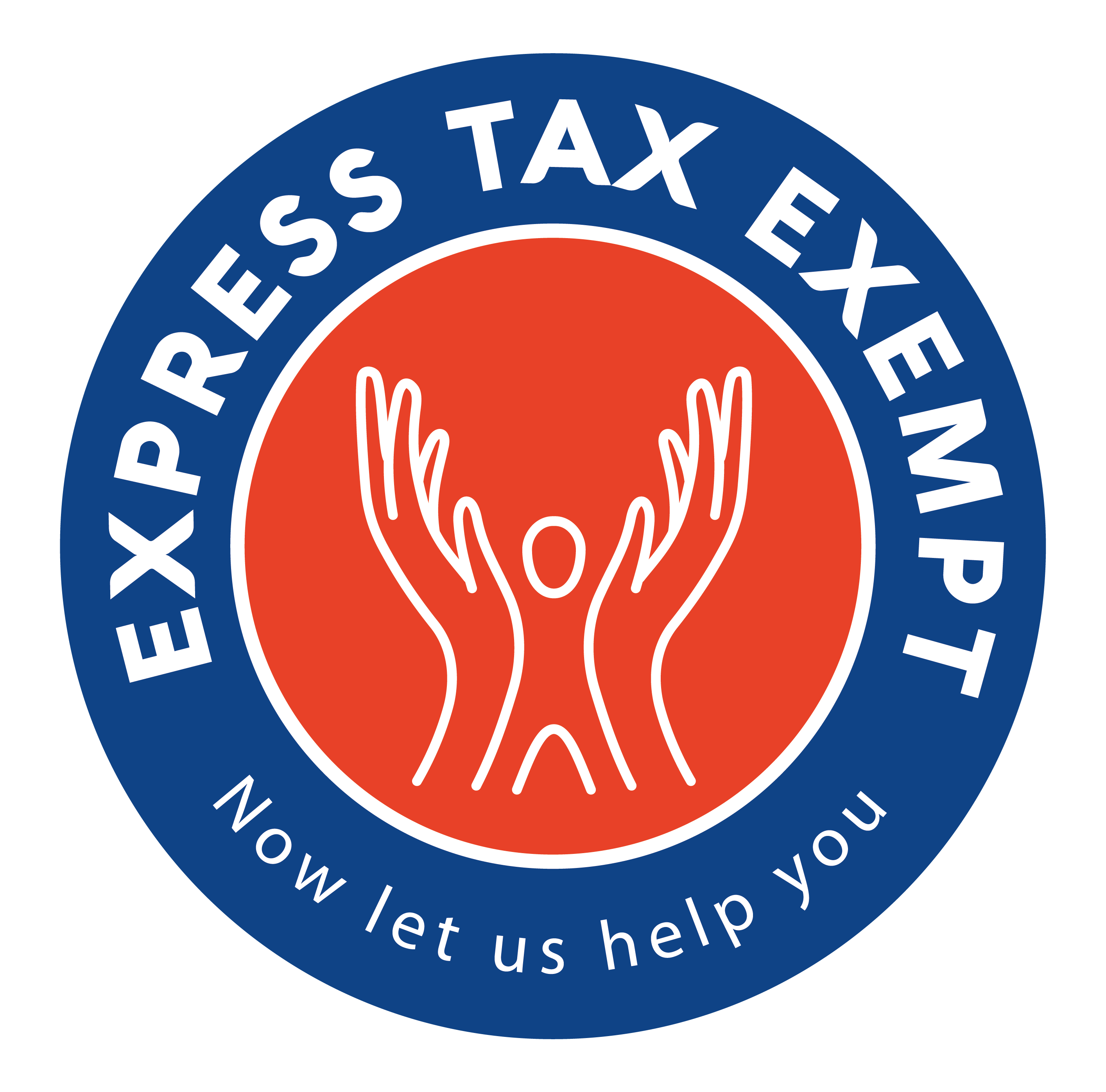Reporting Bad Debt, Medicare, & Collection Practices with Schedule H
Part III of Schedule H breaks down into three sections:
Section A – Bad Debt Expenses
In this section, the IRS requires you to
- Report combined bad debt expense
- Provide an estimate of how much bad debt reasonably belongs to patients that likely qualify for financial assistance through the hospital’s policy, if applicable
- Provide logic for what portion of bad debt comes from community benefit
In Line 1, you should indicate whether the hospital reported any bad debt expense listed with Statement No. 15 from the Healthcare Financial Management Association. Even though some hospitals rely on Statement 15 in reporting audited financial statements, the American Institute of Certified Public Accountants (AICPA) doesn’t commonly use it, and the IRS doesn’t require organizations to use it for financial assistance costs.
On Line 2, enter the amount of the hospital’s bad debt expense. For patients’ bills partially written as bad debt, you only need to include the proportionate amount. You should also include any share of bad debt expense from any joint ventures the hospital participated in during the tax year. Later, in Part VI, you can describe the method used the determine your bad debt amount.
With Line 3, list the estimated amount of bad debt from Line 2 that comes from patients that qualify for the hospital’s financial assistance policy. You can also use Part VI to explain how you determined the amount or include portions of the bad debt as a community benefit, if applicable.
Line 4 requires you to provide a footnote in Part VI referring to the hospital’s financial statements describing bad debt expense or the page number where this note is located in the attached financial statements. If the financial statements don’t include a footnote discussing bad debt expense, “accounts receivable,” or “allowance for doubtful accounts,” you need to include a statement about how the organization’s statements don’t reflect the information and also explain how the hospital possibly accounts for bad debt.
Section B – Medicare
This section requires you to combine
- Allowable costs to provide services reimbursed by Medicare
- Medicare reimbursements attributable to such costs
- Medicare surplus or shortfall
You should only include allowable costs and reimbursements reported in the hospital’s Medicare Cost Report for the filing year. You won’t need to provide Medicare-related expenses or revenue that you already listed in Part I of the Schedule H.
On Line 5, enter the total income received from Medicare – this includes payments for indirect medical education (IME), Medicare disproportionate share hospital (DSH) revenue, and other amounts paid to the hospital from the Medicare Cost Report. Don’t repeat any costs related to subsidized health services, research, or direct graduate medical education (GME) that you reported in Part I.
In Line 6, list the Medicare allowable costs of care from the amount you have on Line 5. Once again, you’re excluding any subsidized health services, and GMEs that you have in Part I. The Schedule H instructions from the IRS has a worksheet available to calculate your amount. Hospitals with multiple Medicare provider numbers should combine the costs reported in the Medicare Cost Reports for each provider and put the total sum on Line 6.
With Line 7, you just need to subtract Line 6 from Line 5 – a normal amount is a surplus while a negative value is a shortfall. And on Line 8, indicate the available method used to determine the amount on Line 6.
Section C – Collection Practices
The last part only asks you to report the hospital’s written debt collection policy. For Line 9a, indicate whether or not the hospital utilized a debt collection policy for the tax year. Your policy can be either a written billing and collections policy or a written financial assistance policy detailing the hospital’s actions for non-payment situations.
If you answered “Yes” for Line 9a, continue to confirm whether the collection policy contains provisions on collection practices for patients qualifying for financial assistance. If so, describe in Part VI the methods listed for such patients and if those practices also apply to other types of patients.
The IRS requires you to completely fill out 990 forms and any mandatory schedules regarding your exempt organization. If you have any tax-related questions, please consult with a certified professional or contact the IRS Tax-Exempt Hotline at 877.829.5500 for information about your organization.



